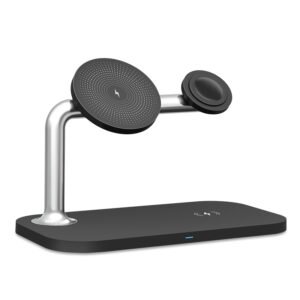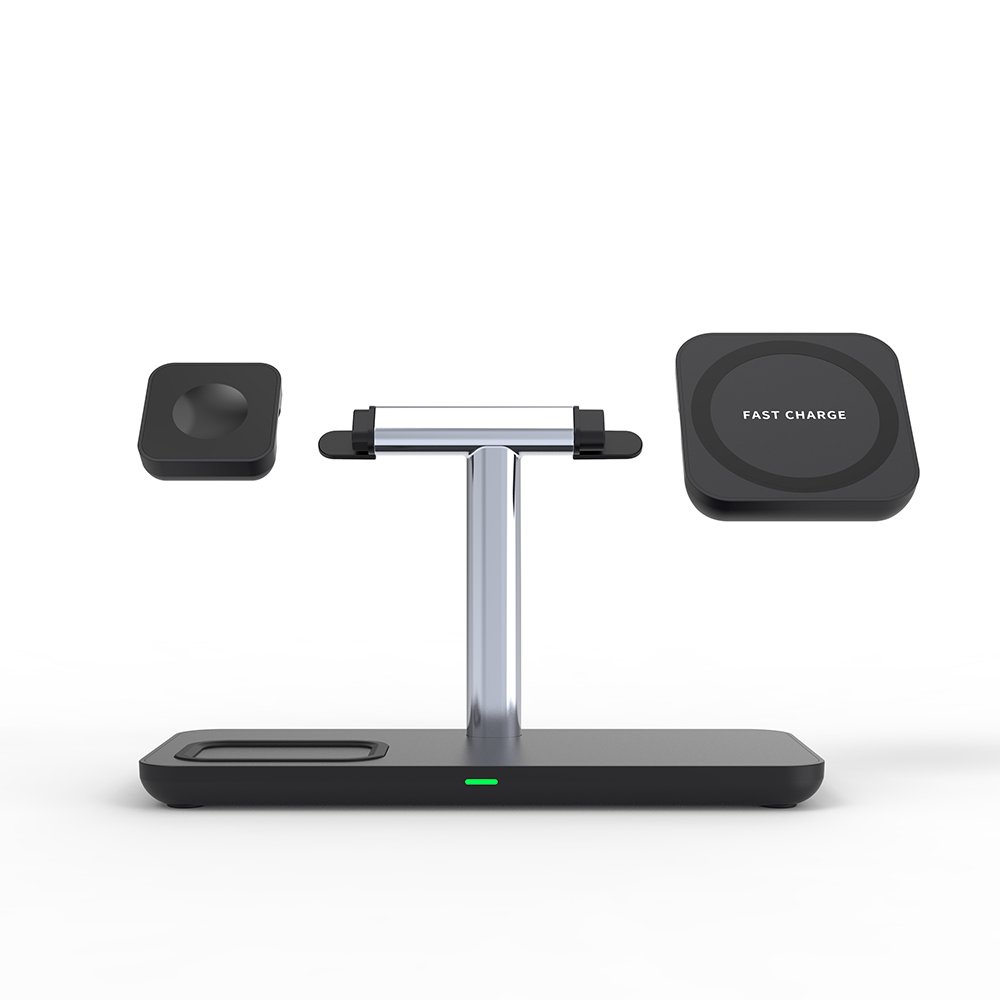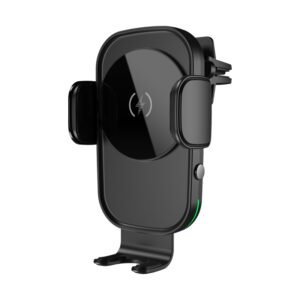1. What are the components of wireless charging?

The left side is the TX, which is the transmitter, and the corresponding product is the wireless charging transmitter. On the right is Rx, which is the receiving end, and the corresponding product is a mobile phone with awireless charging function.
TX side: MCU, power full-bridge, and LC resonant Tank composed of inductors and capacitors, where the inductor is the transmitter coil.
RX side: MCU, rectifier bridge, LDO, Charger chip, battery, and LC resonant Tank, where the inductance is the receiver coil.
2. What is the power transmission path of wireless charging?

The wireless charging transmitter inputs DC voltage (DC Voltage). The DC voltage passes through the power full bridge to generate an AC Voltage (AC Voltage) at points SW1 and SW2, which is actually a square wave.
A square wave is applied to both ends of the LC Tank to generate an alternating current (AC Current). The alternating current is passed through the coil to generate a magnetic field. The coil at the receiving end induces this magnetic field, and an alternating current (AC Current) is generated at the receiving end of the LC Tank.
The alternating current is converted into a direct current voltage (DC Voltage) through the rectifier bridge. The DC voltage then charges the battery through an LDO and a Charger.
3. What is the control loop of wireless charging?

In order to ensure the stability of the entire wireless charging system, VRECT needs to set a target voltage (Target Voltage) and control it through a feedback loop; for high conversion efficiency, its value is usually set only a little higher than LDO.
The feedback loop will first collect the VRECT voltage and subtract it from the target voltage to generate an error signal (Control Error). The error signal will be transmitted to the MCU of the transmitter through the communication method specified by WPC, and the MCU will determine whether the receiver wants the transmitter to increase or decrease the energy.
The MCU controls the transmitted energy by controlling three signals: input voltage power switching frequency of the full-bridge power input duty cycle of the full bridge.
4. What is the communication mechanism of wireless charging?

The essence of conveying information is to make the signal change. For example, if I wave to you, if you see my hand changing, you know that I am calling you.
When the receiving end transmits information, it will connect or connect a set of capacitors on both sides of the receiving end LC Tank. The connection or connection of the capacitor will cause the equivalent impedance of the transmitter LC Tank to change.
The change of the equivalent impedance will cause the current in the transmitter LC Tank to change, and the voltage (Coil Voltage) at the connection between the capacitor and the inductor to change. The changed signal will be collected and demodulated and transmitted to the MCU.
The whole change rule is written in the WPC protocol. The MCU uses the WPC protocol to know what information the receiver has told the transmitter.














